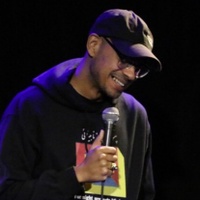On engaging with your creative community
Prelude
Kate Bingaman-Burt mostly draws, letters, documents, and collects, but she also does a lot of other things that involve energy, conversation, and exchange. Kate is a full-time educator and makes illustrations for all sorts of clients all around the world. Since 2008, she has worked at Portland State University and now holds the rank of Professor of Graphic Design. She opened Outlet in 2017, which hosts workshops, pop-up events, and a fully operational risograph print studio. She also sits on the board of Design Portland and has been scheming with them since 2012.
Conversation
On engaging with your creative community
Illustrator and educator Kate Bingaman-Burt discusses the value of having a variety of creative outlets, finding what inspires you about what inspires you, and getting in a room with people doing what you want to be doing.
As told to Loré Yessuff, 2439 words.
Tags: Design, Education, Illustration, Process, Inspiration, Mental health, Money, Success, Collaboration.
What is your general approach to making art? Some people are feelings/intuition-based. Or for some people, they have this idea or this question that they’re wanting to explore. Or others, there’s a certain technical skill that they’re interested in developing or focusing on. Obviously, for some people, it’s a mixture of all those approaches. I’m wondering what yours is.
It’s kind of all of those like you said. But when I first really started making art with intention, it was very story-driven. What is the story I want to tell? Is there a problem? How am I solving the problem? That doesn’t mean there’s not a lot of pure visceral emotion attached to it, because that also comes into it. I’m really interested in telling the story of the emotions through the drawings of stuff.
It really begins at just figuring out what that structure is going to be. And then figuring out okay, what’s the final form going to be? Is it going to be a zine? Is it going to be a simple drawing that lives on Instagram? Is it going to be an installation? Is it going to be a sewn banner? I very much have to kind of know what that final form is going to be, even if it changes.
I have my amazing therapist, who I absolutely love. She’s always like, “do you ever just paint for fun? And you just kind of get lost?” I’ve never gotten into that sort of way of making. It’s always been like okay, what is this going to be? I mean I’m sure it’d probably be good for me if I just smeared color around on paper, with no intention of it being anywhere. But I just haven’t been able to work in that way.
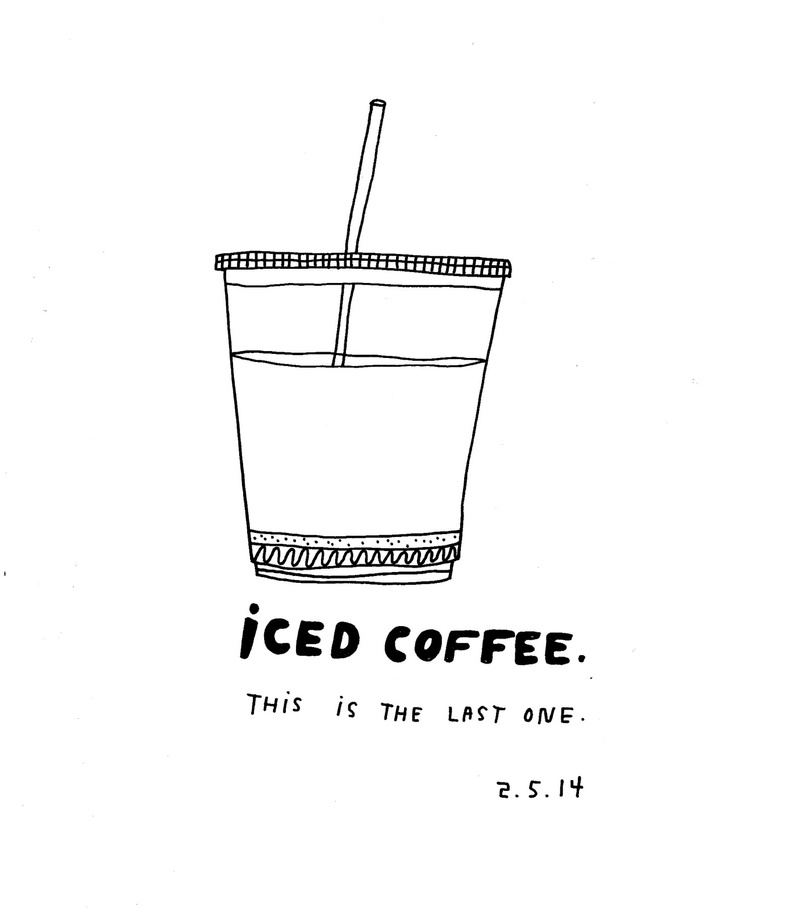
Have you had any negative experiences or worked on any projects that taught you something integral about your creative process?
All through grad school I didn’t draw. The drawing was one of my least favorite ways of working. I did a lot of catalog layout, I did a lot of photo editing. I did a lot of packaging design. There was a little bit of drawing, but it was very minor. My most difficult classes were drawing classes that I had to take. But I feel like I’m really glad that I had a not-so-great time in my drawing classes because those drawing classes were super formative in how I teach my classes to this day. My Drawing I class in undergrad was taught by [someone who] just seemed so disinterested in the thing that he was teaching. He was like we’re shading paper bags today and I’m going to walk around the room with my coffee and maybe grunt a few times.
It made me question what I was doing there. I already came to the room with a lot of nervousness and feeling like I was not a good drawer. I was a student that would’ve needed encouragement and would have needed that extra like, “Oh, there’s lots of different ways to make a mark. There are lots of different materials to explore. Hey, it looks like you might be interested in this person, this person, and this person.” But instead, we were shading paper bags.
I know that it’s important to learn the foundations, but there was no context for why we were doing any of it. So being a crappy 19-year-old art student, I just went to the lake with my friends. Now, I always kind of have this agreement with my students. I’m going to bring a lot of interest, a lot of passion, a lot of inspiration hopefully, to the subject at hand. And I want to give them the tools to do what they want with that.
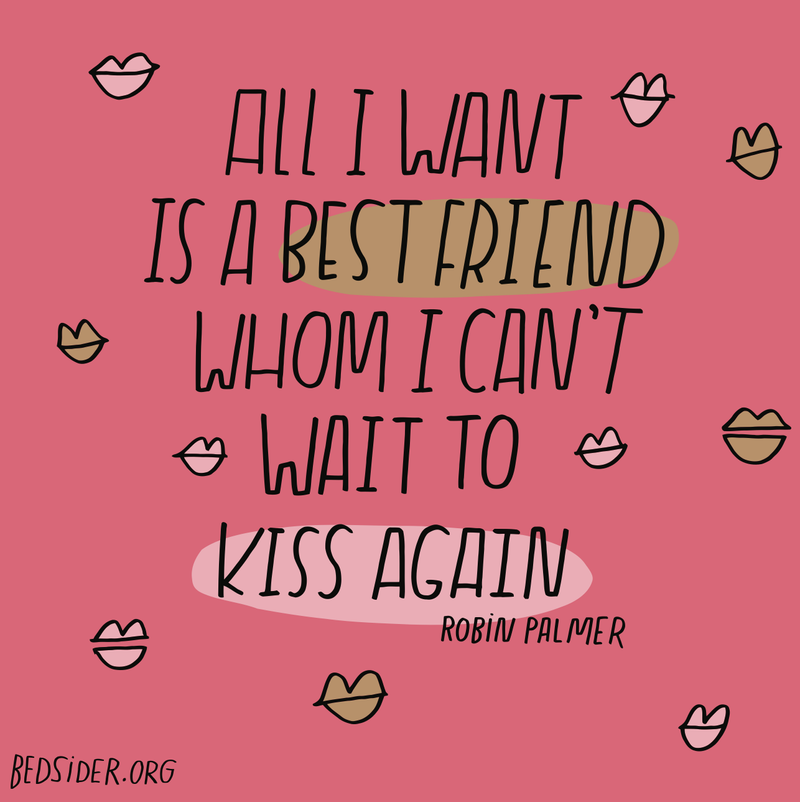
So what led you to start drawing and illustrating?
When I first started drawing, it was when I was out of graduate school and teaching at my very first academic job at Mississippi State University. It was like 2004 was when I started there. It was my first big girl, official job. I was 26 and I had $25,000 in credit card debt that I was super embarrassed to tell anyone about. And it was also, during that time too, you go into any sort of college union, there were credit card companies just peddling their wares.
Previously, I had done a project where I photo-documented everything that I’d purchased for two years. And I made this website called Obsessive Consumption on the internet. That was my whole thesis project. I was sharing and creating with this funny internet community. It was very much like Internet Art with a capital I, capital A, early 2000. But I was really happy about that experience. I used my digital camera that had like two megapixels. It was super fun.
But the shame was even higher for me with this credit card debt because I had just spent two years being like, “Look how transparent I am with all of my purchases.” But yet, here I was. The credit card debt was just stupid stuff. And it was so easy to accumulate. I didn’t have any debt from school. I had debt from art supplies and magazines and coffees. So I started drawing all my credit card statements as a form of punishment. That was my first drawing project. And I posted everything on the internet. It was a monthly project. I would upload it to Flickr and my website. And then I also had this thing too where you could purchase the original drawing for my minimum balance. Some people actually took me up on that.
I started sharing and I quickly realized that when you become a little bit more vulnerable, you see that you’re not the only person who is struggling with money, who has all that shame.
I ended up getting a lot of emails from people who were also having problems, who also were just stressed out about credit card debt. And then, when I started sharing with my students, that’s when my office hours turned from talking about classes to talking about money. I wish that there was more financial education at the middle school, high school level too. Because it’s like yeah, all that information is out there, but money is such a sweaty, loaded topic, and asking questions can make you feel stupid.
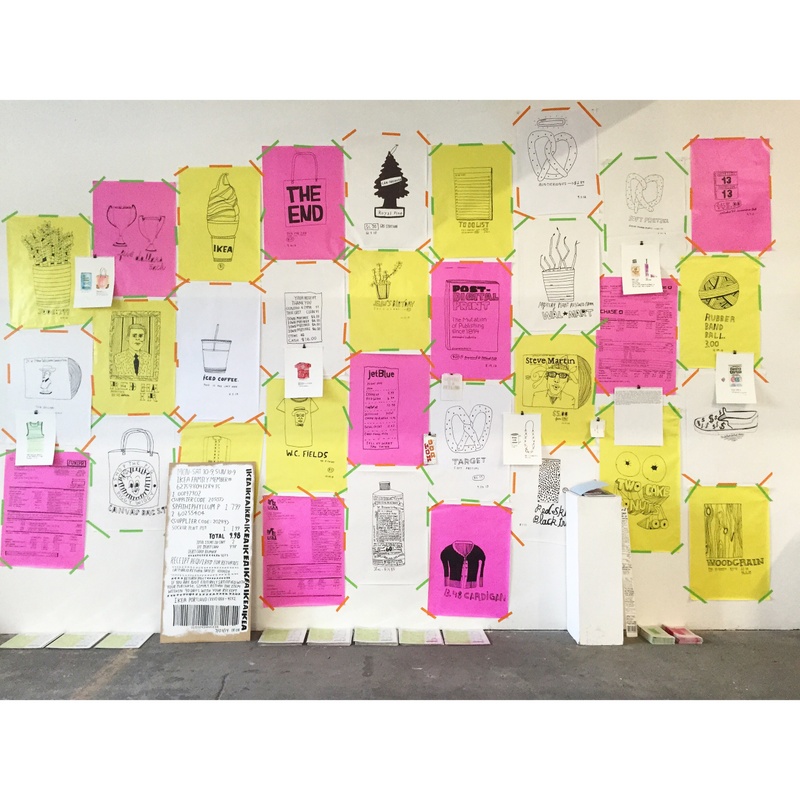
It was an important project for me, on a lot of levels. There’s the emotion that came along with that project, but then there was also a structure. The credit card drawings were always 8.5 x 11, always black pen on this white Bristol board. And putting them on the Internet provided accountability. I picked drawing because I wanted to get better, not even better at drawing, but just feeling more confident with making marks.
About two years into that credit card project, I started my daily purchase drawing project, because I wanted to draw something other than credit card statements. Up until that point, in 2006, I had been making work and sharing it online and catching the attention of different art directors and creatives who were in the position to commission and hire. But up until that point, I had been making work that I think they were like, “Oh, that’s really interesting, and I have no idea what I would hire you for.”
But when I started doing my daily drawing project, doing more lettering, drawing more objects, becoming a little bit more confident with my skills, about a year into it, that’s when I started getting my first illustration commissions from different establishments. I think it was the combination of just putting myself out there consistently and doing the work that I wanted to be doing. You kind of have to be a little bit more prescriptive with the work that you’re making if you’re wanting to work as an illustrator. If you’re working as an artist, it doesn’t matter. But again, I didn’t start that project thinking I was going to be an illustrator.
And how does your role at Portland State University differ from your role at Outlet?
There are many reasons why Outlet started, but one of the reasons that I really wanted Outlet to exist was in direct response to academia. When Outlet started in 2017, I had been teaching for about 15 years at that point. One of my biggest frustrations with academia was just how slow everything moved, how kind of inaccessible everything was. You had to be enrolled as a major in order to take specific classes and it’s expensive and there’s a lot of gatekeeping that I was frustrated with. I realized that the way for me to deal with that frustration was to create a space that didn’t have all that bureaucracy, where, like, anyone can take a workshop.
We have events that are open to all. I consider this space an artist space, a social hub, an accessible education space. Granted, this is not a school. We’re not accredited, we don’t have a degree program, but we are able to provide a space for education and community. And then selfishly, I am able to move faster in this space.
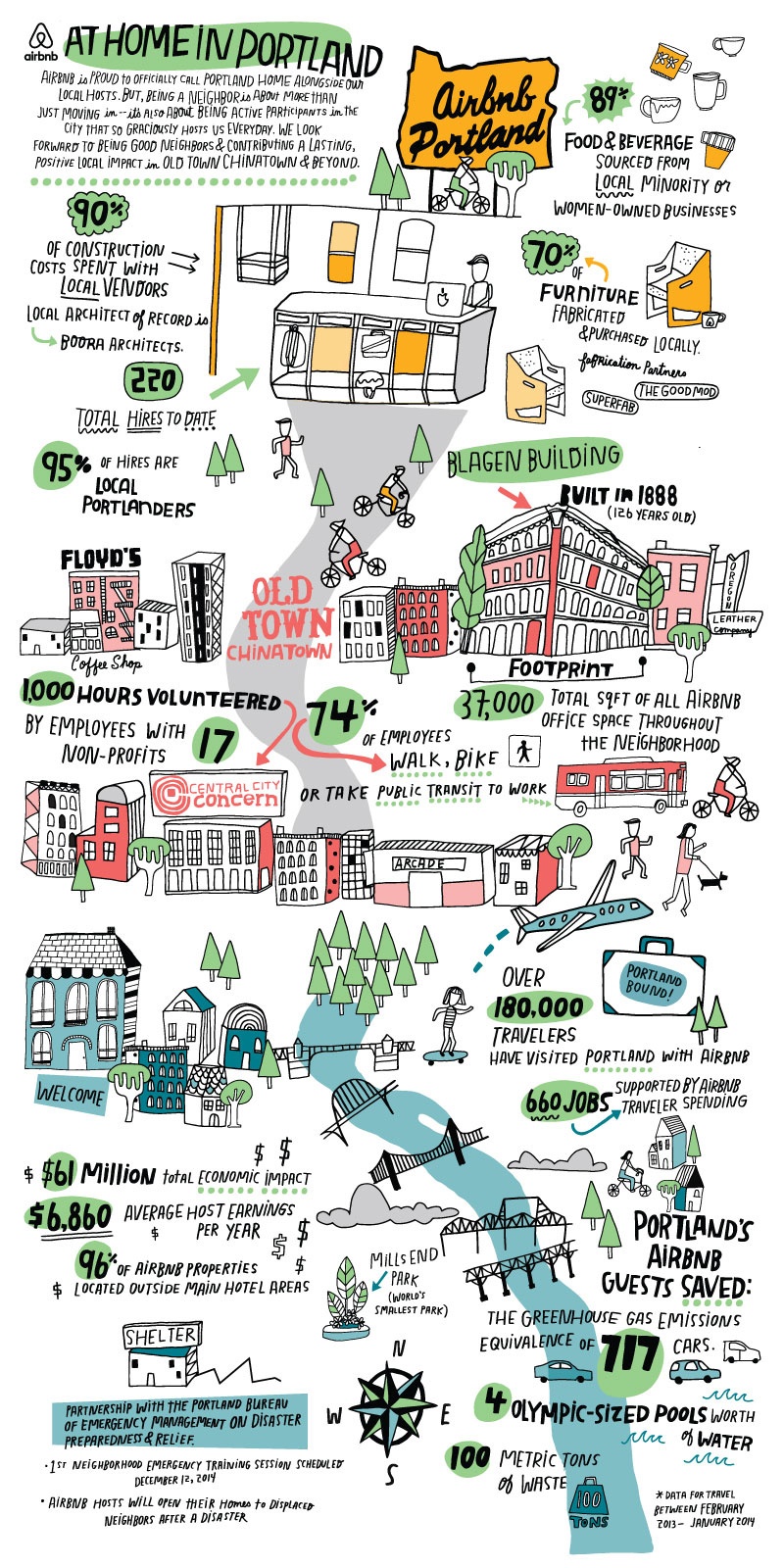
With so many systemic limitations, it’s harder for people to maintain the same job because there’s not as much security as there used to be. What has it been like to work in a creative field at one institution for so long?
Portland State has benefited me in a lot of ways. I’m the sole income owner for my family. So again, for me, stability is really important. It’s really important. Tenure, for better and for worse, is a very stable system. Once you get it, it’s good. In academia, some people end up in departments that are completely toxic. And I feel very fortunate to be in a program that kind of lets me do what I want to do. I set my own schedule. I’m able to teach the classes I want to teach. I’m able to set my research agenda. Our program has its own set of weirdness, but it’s pretty great. It’s pretty supportive and again, very stable. It also allows me to work in so many different ways too. Sometimes with people who stay at one job for a very long time, they’re kind of doing the same thing. Whereas, every term I’m working on something different.
And I just love working with the students. I like working at a public institution. I like the variety of experiences that I have. I like the people that I work with; I love the students and how it’s just changing. It’s like it sheds its skin every single year, basically.
How do teaching and building relationships with your students impact your own artmaking?
So I teach sophomores and seniors. I love those different stages for many reasons. The sophomores are always just so, in most cases, so excited about things that are easy for veteran designers and illustrators to kind of take for granted. Whenever I’m working with students that are discovering their way through this creative field it’s really reinvigorating for me. I feed off of their enthusiasm. When I’m working with my seniors, I naturally gravitate to the role of job matchmaker. I really like the process of trying to be a helper, a safety net, a bridge between school, and the beginning stage of their creative careers.
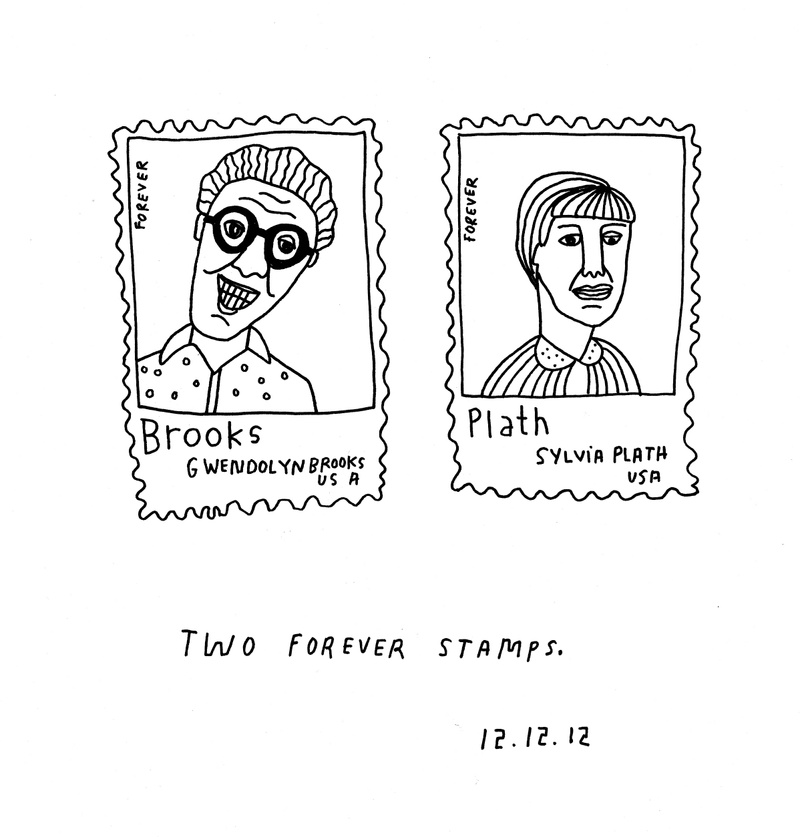
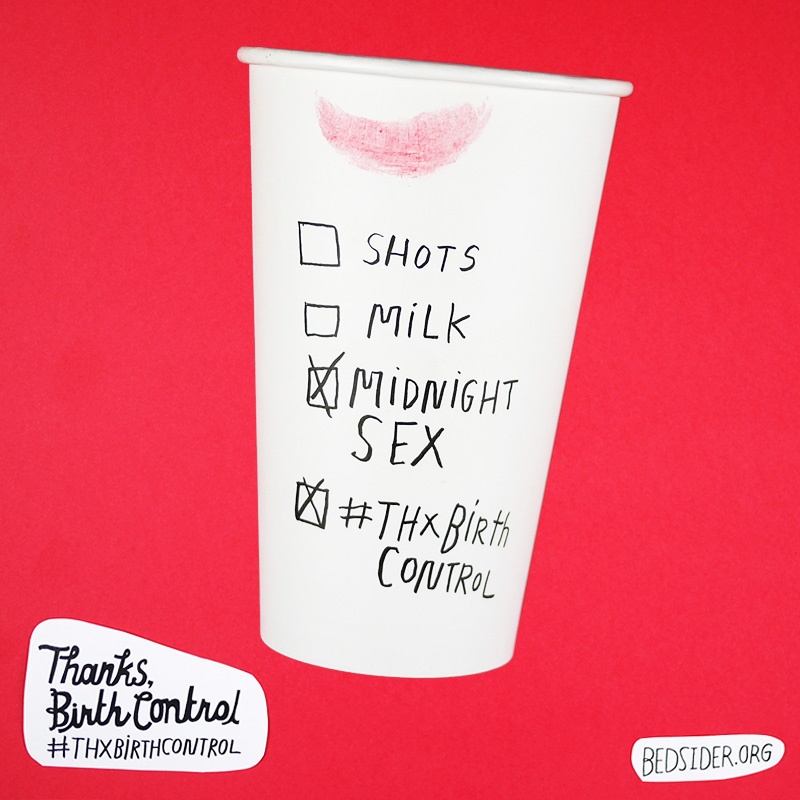
Do you have any advice for artists who are trying to develop their art practice?
I think it’s important to be genuinely curious about people who are working in ways that you are inspired by. Showing up to the things; showing up to the talks; showing up to openings; showing up to volunteer opportunities. Just kind of showing up and being in the room is huge. When I was first starting out, I didn’t really know what I wanted to do. I just knew that I wanted to learn from these different people at these different talks that I would go to. I remember having this really transformative experience, actually, when I was just out of school. I had just moved to Nebraska because I was working at my first job which I didn’t really like.
I volunteered for a design event. I just wanted to be a part of something, I just wanted to meet people. I didn’t know anyone. It was scary as hell. But that weekend, there was a workshop that was put on by Hatch Show Print, which is this huge letterpress. It’s like the biggest letterpress collection in the United States, it’s located in Nashville, Tennessee and the printmaker was leading the workshop.
And I just remember showing up to this workshop, not knowing anything about letterpress, not knowing what it is that we were going to be doing, but he was so welcoming. And everyone was just having the best time working with their hands. It was so inspiring to me, especially at that stage, not really being sure of the job that I had and what my next steps were going to be in the world.
Afterward, I had a really good conversation with him and it just cemented to me that showing up and asking questions was a really good thing to do. It really paid off. Talking to him kind of emboldened me to believe that I could do a workshop and teach. As a 21-year-old, it was a mind-blowing experience even though to him, I know it was the workshop that he’s just given over and over and over and over again. But, it just made me realize the importance of engaging with those spaces and people that are doing things that you’re stoked about. And then usually things will kind of snowball from there.
Selected projects by Kate Bingaman-Burt:
Daily Purchase Drawing 11/26/21 - 12/03/21
Daily Purchase Drawing 12/15/21 - 12/23/21
How to Start Drawing - Kate Bingaman-Burt

- Name
- Kate Bingaman-Burt
- Vocation
- illustrator and educator
Some Things
Pagination
